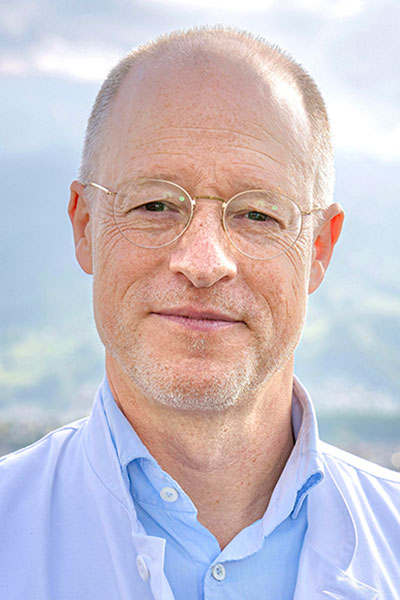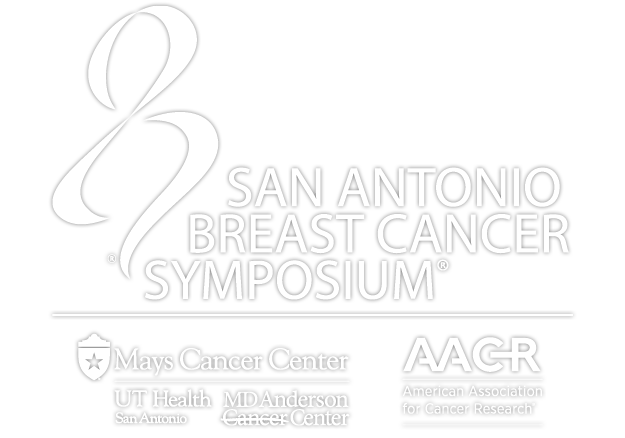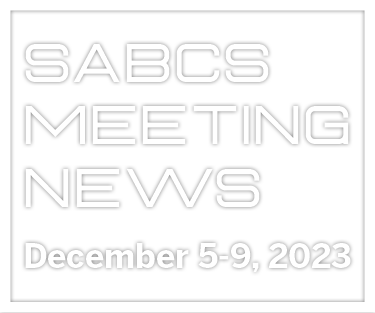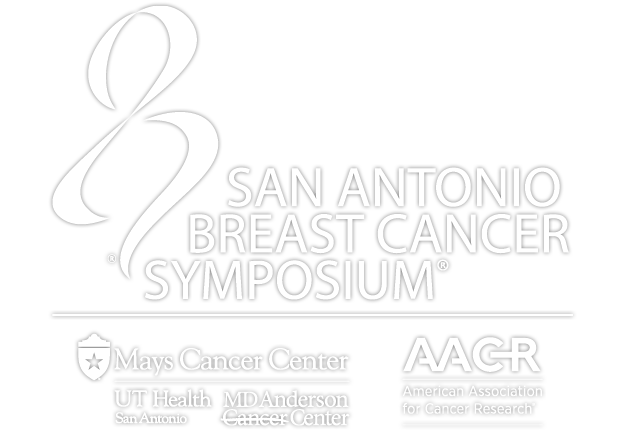
Promising research findings in localized breast cancer presented at recent SABCS sessions are moving from clinical trials into clinical practice. New data are transforming familiar conversations around germline mutations, radiotherapy, and interactions between breast reconstruction and radiotherapy.
“We are curing more women with localized breast cancer with new approaches to local therapy,” said Peter Dubsky, MD, PhD, Professor of Surgery and Head of the Breast Center, Hirslanden Klinik St. Anna, Lucerne, Switzerland. “Every clinician who deals with local disease is dealing with prophylactic mastectomies, questions about radiation therapy, and alternatives in breast reconstruction. Our best practices are evolving.”
Dr. Dubsky will moderate an educational session Local Therapy – Best Breast Practice in Hemisfair Ballroom 1&2 on Tuesday, December 6, from 10:00 am – 12:00 pm CT. The session will open with a new look at the value of contralateral prophylactic mastectomy for breast cancer patients with predisposing germline mutations.
“Even without germline mutations you have 25% to 30% of patients having contralateral prophylactic mastectomies in some parts of the United States,” Dr. Dubsky noted. “And when germline mutations are found, even more patients undergo this procedure. More recent data suggests that there are alternatives for some patients.”
Katharine A. Yao, MD, Clinical Professor of Medicine, Northshore University Health System, will discuss clinical implications of germline mutations for patients with existing local disease. Younger patients with good breast cancer prognosis are more likely to benefit from contralateral prophylactic mastectomy. Older patients are less likely to benefit from prophylactic mastectomy.
Approaches to radiotherapy are also evolving. What was once a five-week course of treatment has been compressed to hypofractionated radiotherapy with fewer, larger doses. Some patients are moving to ultra-hypofractionated radiotherapy, even larger doses over a shorter time period.
“Ultra-hypofractionated radiotherapy is super convenient for patients, especially if they have a long drive to the radiotherapy clinic,” Dr. Dubsky said. “You might have just five visits instead of 15 or 16 trips, but there is important controversy because of the potential for more fibrotic changes to the breast and other side effects from the higher intensity radiation.”
David Krug, DrMed, Deputy Director, Universitätsklinikum Schleswig – Holstein, Kiel, Germany, will discuss the pros and cons of different durations of radiotherapy and key issues in patient selection. Much of the data supporting ultra-hypofractionated radiotherapy have been presented in San Antonio in the past two to three years, Dr. Dubsky noted, but the clinical implications of higher dose, shorter duration therapy have not yet been widely addressed.
There has also been relatively little attention focused on the clinical implications of novel breast reconstruction techniques in the setting of radiation therapy.
“Novel reconstruction usually means going beyond silicone implants to autologous tissue, approaches like deep inferior epigastric perforator flaps and microsurgery,” Dr. Dubsky said. “There is a great deal of very good patient-reported outcome data showing that after four to five years, women who undergo autologous reconstruction are a great deal happier than those who go with prosthetic reconstruction. But radiotherapy gets in the way of reconstruction. Free flaps shrink when exposed to radiation. Reconstructive surgeons and radiotherapists are traditionally not friends, but that is changing.”
Christine Solbach, MD, PhD, Deputy Director and Head of the Senology and Breast Center, Universitäts Klinikum Frankfurt, Goethe-Universität, Frankfurt, Germany, will discuss some of the latest approaches that combine breast reconstruction and radiotherapy. One approach is radiotherapy before reconstruction, which allows the surgeon to remove irradiated fibrotic tissue before the reconstruction.
“These are some of the most common conversations we have with patients,” Dr. Dubsky said. “And this entire session is pure SABCS. We have all been here for the research presentations, some of them just in the last couple of years. And now we are bringing the research into clinical education.”



